The lens in your pet’s eye is a clear structure that sits behind the pupil and iris, helping to focus light rays onto the retina for vision. In some pets, the lens can become unstable, causing lens subluxation, or fall out of place entirely, causing lens luxation. Lens luxations can result in eye damage, eye pain, or vision loss, and require prompt identification and treatment by our Envision More Veterinary Ophthalmology team. Learn about these conditions, including signs, diagnosis, and treatment.
What are lens luxation and subluxation in pets?
Lens luxation is a condition in which the suspensory structures holding the lens in place break down, causing the lens to fall forward in front of the pupil in the anterior eye chamber or backward into the gel-filled posterior eye chamber. A pet with a displaced lens can see, but their vision is compromised and considered farsighted. Lens subluxation occurs when only some suspensory structures fail, causing abnormal lens movement without a complete displacement.
Lens luxation causes in pets
In dogs, the most common lens luxation cause is a genetic predisposition that causes the lens-holding ligaments to deteriorate. Terriers seem to be at the highest risk, although any breed can be affected. In cats, lens luxations are often secondary to inflammation—uveitis—inside the eye. Other common lens luxation causes in pets include:
- Trauma — Blunt trauma can knock the lens out of place.
- Cataracts — Cataracts cause the lens to stiffen and become inflamed, which can lead to secondary lens displacement.
- Aging — The older a pet becomes, the more likely they are to experience lens ligament degeneration.
Diagnosing lens luxation in pets
Lens instability and subluxation may not cause obvious signs, although pet owners may notice the affected eye looks different or the iris or lens flutters. Complete lens luxations are easier to identify because they often cause discomfort, and an affected pet will exhibit pain signs. Schedule an appointment with our team or your pet’s primary veterinarian if you notice the following:
- Squinting
- Redness
- Cloudiness
- Enlarged or bulgy appearance
- Abnormal-shaped iris
- Vision impairment
Definitive lens luxation diagnosis requires a thorough ophthalmic examination, including a glaucoma test, tonometry, as eye pressure can increase when the lens falls forward into the front chamber. Additional testing, such as an eye ultrasound, may be required to confirm the diagnosis if the lens is not visible through a clouded cornea.
Treatment options for lens conditions in pets
Pets’ lens displacement treatment options depend on their condition’s severity. If a pet’s lens is unstable without displacement, our team will closely monitor your pet or may prescribe eye medications to constrict the pupil, which helps to trap the lens in place. If the lens has fallen completely out of place, more aggressive treatment is recommended because this condition can cause your pet to lose their vision. If the lens falls forward, it can block fluid drainage, causing blindness and painful glaucoma. The lens falling backward is the best-case scenario, although this can damage the retina over time.
When financially and medically possible, a lens luxation should be treated with lens removal surgery. However, this is an invasive procedure that may result in complications that pet owners should carefully consider before deciding on a treatment path. If surgery is not chosen, the lens can sometimes be manually pushed into the posterior eye chamber and trapped there with topical eye medications that must be given every 12 hours for life.
Lens luxations can threaten your furry pal’s vision and cause them pain. Early detection and prompt intervention are key to ensuring an acceptable outcome for pets affected by lens conditions. Contact Envision More Veterinary Ophthalmology for emergency treatment or to schedule a regular visit if you notice changes in your pet’s eye health that could indicate a lens luxation or another serious eye health problem.

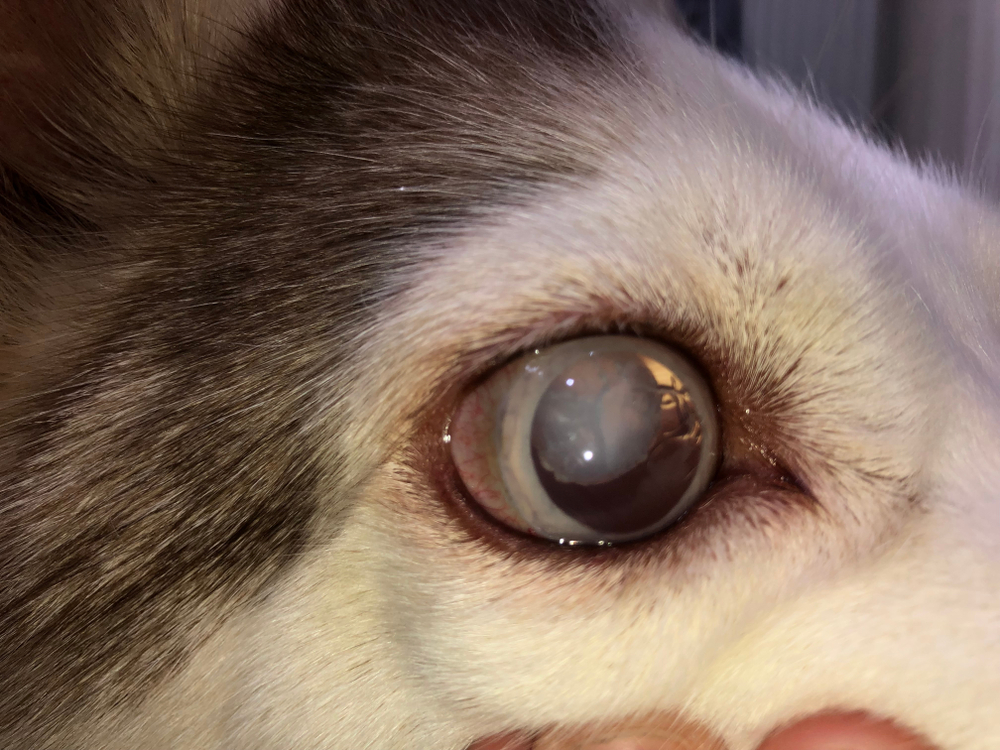
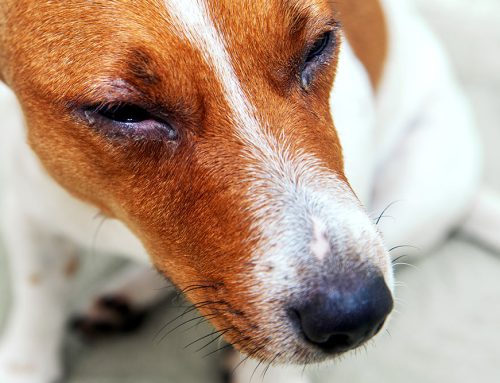
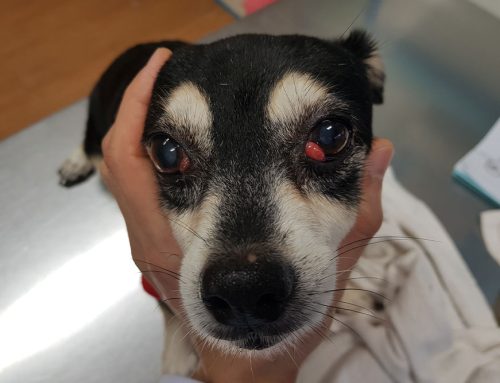
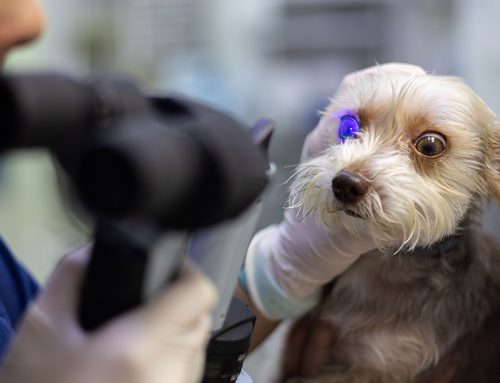
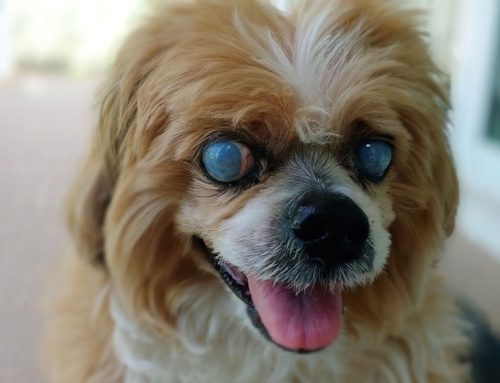

Leave A Comment